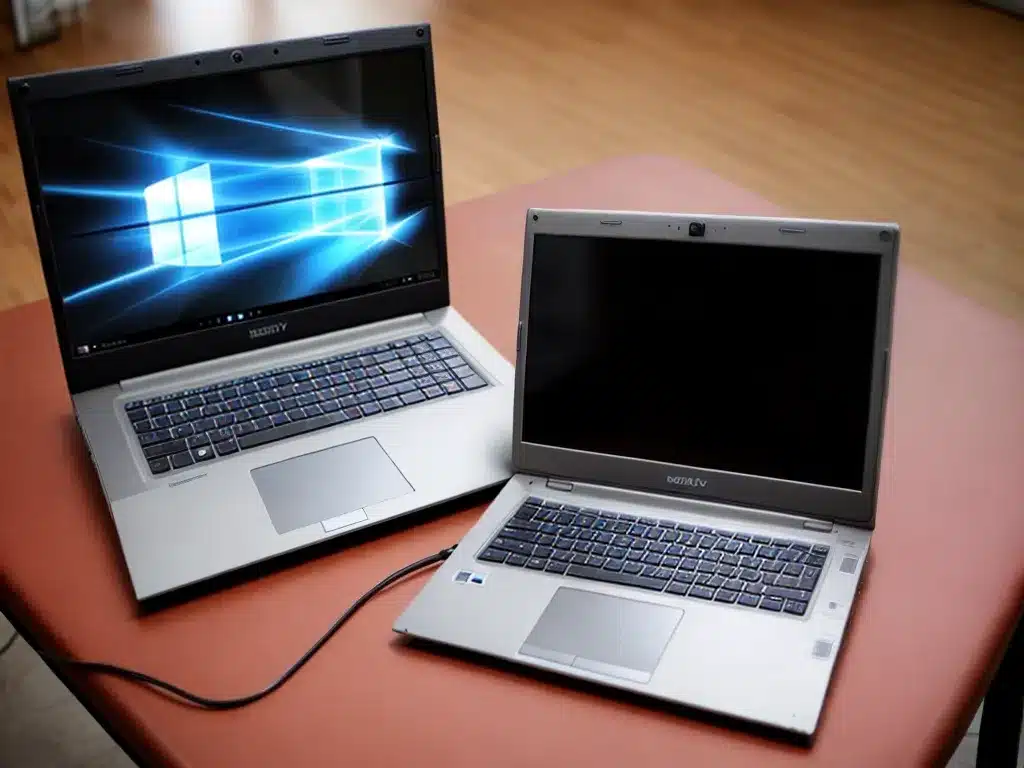
How to Speed Up Your Old Laptop
I’ve owned my laptop for a few years now, and it’s noticeably slower than when I first bought it. The boot up takes longer, apps are sluggish to open, and doing multiple tasks at once can really slow my system down. Upgrading to a new laptop isn’t always an option, so I wanted to find ways to speed up my old one. Here are the methods I’ve used to give my aging laptop a performance boost.
Clean Up the Hard Drive
Over time, our laptops accumulate a lot of unnecessary files that take up valuable storage space and slow things down. Cleaning up the hard drive is one of the easiest and most effective ways to speed up an old laptop.
I use the Disk Cleanup utility on Windows to remove temporary files, unused program files, and system files that are no longer needed. This frees up a lot of space. I also go through my personal files and delete anything I don’t need anymore, like old photos, documents, and downloads. Just removing a few gigabytes of unnecessary files can really improve system performance.
Upgrade the RAM
Increasing the RAM (random access memory) is a great way to improve an old laptop’s performance. More RAM allows the computer to access data faster. Check your laptop manual to find the maximum RAM capacity. I upgraded my 4 GB RAM to 8 GB, which is the max for my laptop. The upgrade was inexpensive but made a noticeable difference in how fast programs load.
Switch to an SSD
Replacing a traditional hard disk drive (HDD) with a solid state drive (SSD) is the best upgrade for dramatically increasing speed. SSDs have much faster read/write speeds compared to HDDs because they don’t have moving parts. My laptop came with a slow 5400 RPM HDD. I replaced it with a SATA III SSD and saw huge improvements in boot up time and program launch speeds.
Close Unnecessary Programs
Too many programs running in the background takes up RAM and slows everything down. I go through and close any apps I have open that I’m not actively using. Things like web browsers, media players, and productivity suites hog resources. Keeping only necessary programs open helps my laptop run faster. I also disable startup programs I don’t need launching when I boot my laptop.
Perform Regular Maintenance
Doing regular system maintenance helps keep things running optimally. I use the Disk Defragmenter utility in Windows once a month to organize files and data on my hard drive in a logical order. This speeds up read/writes. I also make sure I install the latest Windows updates and security patches to fix performance issues and vulnerabilities. Lastly, I use the Disk Cleanup utility once a week to clear out unnecessary files.
Adjust Visual Settings
Sometimes it helps to turn down your laptop’s visual settings to reduce the load on the graphics processor. Things like reducing screen brightness, closing animations, and disabling transparency effects can improve overall system performance. I also make sure I’m not running games or editing software in resolutions and graphics settings too demanding for my old laptop hardware.
With these tips, I was able to greatly improve the speed and performance of my aging laptop. While upgrading to new hardware would be ideal, there are a lot of software tweaks you can make to get more life out of your old machine. Keeping your laptop clean, optimized, and running smoothly can extend its usability by years.












